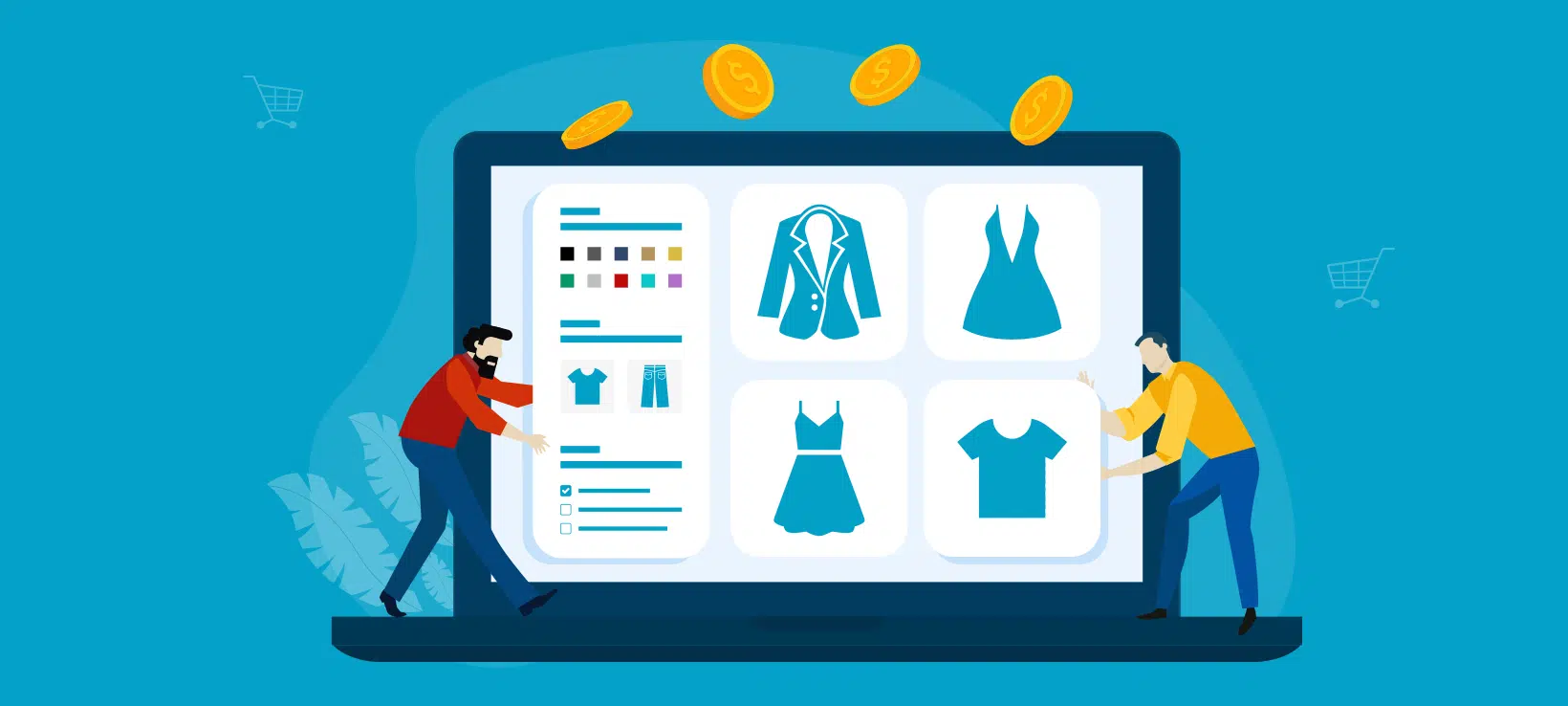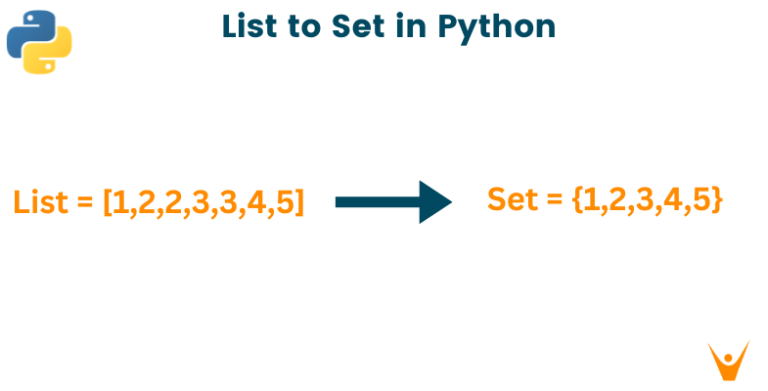Ecommerce Filters: The Ultimate Tool for Sales Optimization
Ecommerce Filters have emerged as a game-changer in the burgeoning digital marketplace. In 2020, the global ecommerce market was valued at $4.28 trillion, as reported by Statista, with projections suggesting an increase to $5.4 trillion by 2022. As online shopping gains momentum, ecommerce entities are vying for differentiation in a highly competitive environment.
Ecommerce Filters stands as one of the most effective ways to enhance the online shopping experience and boost sales is to use ecommerce filters. In this article, we, OnextDigital, will explain to you what ecommerce filters are, how they work, and why they are a game-changer for online sales. We will also share some best practices and advanced strategies for implementing ecommerce filters, as well as some real-world success stories and future trends.
What is Ecommerce Filters?

Ecommerce filters serve as a critical user interface (UI) component on ecommerce sites and apps, enabling customers to personalize their shopping experience. Positioned strategically on product listing pages or adapted for mobile interfaces, these filters offer the versatility of single-select or multi-select options, catering to diverse customer preferences.
Consider, for instance, a customer’s journey in searching for shoes on an ecommerce platform. By employing filters to specify preferences such as size, color, style, brand, and price range, the platform can streamline the display of products to those that align with the customer’s specified criteria. This targeted approach simplifies the decision-making process, aiding customers in efficiently comparing and selecting products that best meet their needs.
The Anatomy of Effective Ecommerce Filters
Not all ecommerce filters are created equal. Some filters are more useful and relevant than others, depending on the type of product, the customer’s intent, and the ecommerce site’s goals. In this section, we will discuss what makes a good ecommerce filter, the types of filters and their impact on user experience, and the psychology behind filter usage.
1. What Makes a Good Ecommerce Filter?
A good ecommerce filter should meet the following criteria:
- Be Relevant: It should align with the product category and customer needs, like color filters for clothing or battery life filters for laptops.
- Be Clear and Understandable: The filter should have descriptive, consistent names and options, using standard terms over jargon or vague language.
- Be User-Friendly: It needs to be easily visible and accessible, not buried in the interface or requiring excessive interaction to apply or remove.
- Be Responsive and Quick: The filter must quickly update search results without delays and be optimized for mobile use, adapting to various screen sizes.
2. The Psychology Behind Filter Usage
Ecommerce filters play a pivotal role in shaping customer decision-making, influenced by several psychological dynamics:
- Mitigating Choice Overload: When customers encounter an overwhelming array of options, it often leads to dissatisfaction and potential abandonment. Filters effectively alleviate this by helping customers focus on the most pertinent options, simplifying their decision-making process.
- Addressing the Paradox of Choice: The dilemma of too many choices can cause anxiety about erroneous decisions. Filters serve as a tool to reduce this impact by enabling customers to systematically compare products, leading to more informed choices.
- Reinforcing Confirmation Bias: Customers have a propensity to favor information that aligns with their pre-existing beliefs and preferences. Filters reinforce this tendency by filtering products that align with their specified criteria, thus boosting customer satisfaction and loyalty.
- Leveraging the Anchoring Effect: The initial information presented to customers often becomes a reference point for subsequent decisions. Filters can create this anchoring, influencing customer perceptions about the value and quality of products.
Best Practices for Filter Implementation

Now that we have learned what ecommerce filters are, how they work, and why they are important, let us look at some best practices and tips for implementing ecommerce filters on your ecommerce site or app. Here are some of the best practices for filter implementation:
1. Designing Intuitive and User-Friendly Filters
It’s essential to design filters with clarity and simplicity. Employ descriptive labels void of complex jargon. Utilize uniform user interface elements — checkboxes for multi-select and sliders for range options. Integrate visual cues such as icons and colors to signify product availability and ratings, and employ smart defaults tailored to the customer’s historical data. Incorporating autocomplete features can further expedite the search process.
2. Prioritizing Mobile Responsiveness
With Statista reporting that mobile devices accounted for 52.6% of global ecommerce traffic in 2020, anticipated to rise to 72.9% by 2021, optimizing filters for mobile responsiveness is imperative. This entails adopting adaptable layouts and touch-friendly interfaces, along with succinct and clear content, to enhance the shopping experience on smaller screens.
3. Using Analytics to Optimize Filter Performance
Leveraging tools like Google Analytics is crucial for tracking and analyzing filter usage and performance. Key metrics such as impressions, clicks, and conversion rates offer insights into the effectiveness of filter options. Utilizing Google Optimize for A/B testing allows for the fine-tuning of filter design and functionality, aligning them with user preferences to boost engagement and improve the overall shopping experience.
Advanced Strategies to Maximize Ecommerce Filters
In addition to the best practices for filter implementation, there are also some advanced strategies and techniques that you can use to maximize the efficiency and effectiveness of your ecommerce filters. Here are some of the advanced strategies to maximize filter efficiency:
1. Personalization and AI in Filter Design
Leveraging personalization and artificial intelligence enhances filter precision and relevance, directly impacting customer satisfaction and loyalty. This involves using specific customer data, such as geographical location, browsing patterns, and previous purchases, to customize filter options. For instance, incorporating location data can display region-specific products, while AI algorithms can recommend products based on predictive analytics.
2. Strategies for Cross-Selling and Upselling with Filters
Effectively using filters can significantly aid in promoting complementary or premium products, potentially boosting sales. For example, filters can suggest related accessories for a primary item or present upgraded versions, thereby enhancing the customer’s shopping experience and increasing revenue opportunities.
3. Avoiding Common Mistakes in Filter Implementation
Successful filter implementation requires avoiding typical pitfalls such as an overload of choices or poor visibility. It is essential to determine the right balance and type of filters based on thorough analytics, ensure clear labeling and accessibility, and avoid confusing jargon or inconsistent user interface elements. This strategic approach enhances the overall usability and effectiveness of filters, providing a streamlined shopping experience for customers.
Real-World Success Stories

To illustrate the power and potential of ecommerce filters, here are some real-world success stories of ecommerce businesses that have used ecommerce filters to increase their sales and growth.
1. Amazon
Amazon: As a dominant force in the ecommerce sector, Amazon leverages a variety of filters – encompassing categories, attributes, facets, and personalization. This strategic implementation facilitates efficient product discovery for customers, significantly enhancing sales. Impressively, Amazon’s recommendation filters alone contribute a substantial 35% to its overall sales, and its cross-selling and upselling filters account for 10% of its total sales.
2. Zappos
Zappos: Specialized in shoes and apparel, Zappos integrates an array of filters including category, attribute, facet, and personalization. This sophisticated approach simplifies product selection for users, effectively augmenting sales, with recommendation filters making up 20% of its total sales, and its cross-selling and upselling filters account for 15% of its total sales.
3. ASOS
ASOS: Standing out in the fashion and beauty retail space, ASOS utilizes comprehensive filters such as category, attribute, facet, and personalization. These filters streamline the extensive product catalog for consumers, markedly boosting sales, evidenced by recommendation filters account for 25% of its total sales, and its cross-selling and upselling filters account for 12% of its total sales.
The Future of Ecommerce Filters
Ecommerce filters, integral to the digital marketplace, are poised for transformative growth, integrating cutting-edge technologies. Here’s an overview of what’s on the horizon:
1. Voice and Chat Filters
Revolutionizing customer interaction, these filters will enable shoppers to use voice or text commands, enhancing the shopping experience with efficiency. Technologies like natural language processing will allow customers to effortlessly locate products with simple commands, such as “Find red dresses under $50”.
2. Image and Video Filters
Incorporating advanced computer vision, these filters will offer customers a novel way to search for products using visual media, significantly refining the accuracy and immersion of the online shopping experience.
3. Augmented and Virtual Reality Filters
These filters will utilize augmented and virtual reality to present realistic 3D models of products. This technology will empower customers to visualize products in real-world settings or on themselves, elevating confidence in their purchasing decisions.
These technological advancements are set to redefine customer engagement and streamline online shopping, marking a new era in ecommerce.
FAQs
1. How do filters directly influence online sales?
Ecommerce filters markedly enhance the shopping journey, leading to a surge in conversion rates and overall sales. Researchs indicates that proficiently executed filters can amplify conversion rates by an average of 26%, with some product segments witnessing increases as high as 76%.
2. What are the key features of an effective ecommerce filter?
An effective ecommerce filter necessitates relevance to user demands, clarity and simplicity in design, effortless navigation, cross-device responsiveness, and customization tailored to individual shopping predilections.
3. How can ecommerce sites optimize filters for mobile users?
To optimize filters for mobile engagement, ecommerce platforms must adopt flexible, touch-responsive designs and present concise, lucid content. Consistent testing and analytical review are imperative to assure optimal filter functionality across diverse mobile devices and screen resolutions.
4. What role does AI play in the future of ecommerce filters?
AI is revolutionizing ecommerce filters, fostering more precise, relevant, and individualized filtering capabilities. It paves the way for pioneering ecommerce technologies such as voice activation, image recognition, and augmented reality filters, thereby enriching the interactive shopping experience.




